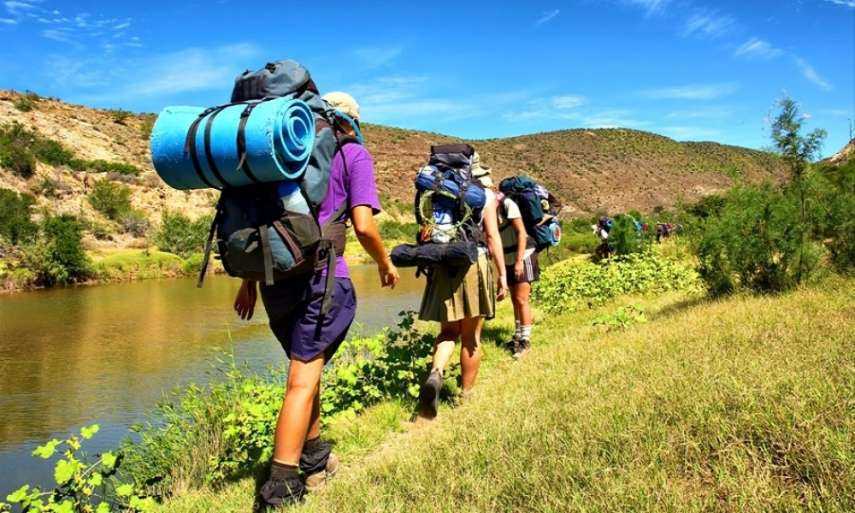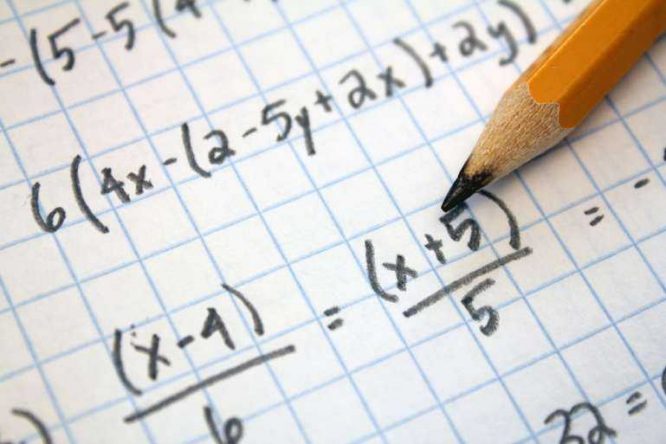As I said in the first article of this series - Lessons from PISA - no matter how you read the results of PISA 2012 in relation to the mathematical skills of our young people, there is a significant number of 15-year-old Australians who do not have access to sufficient numeracy and mathematical skills to be able to cope equitably with life in the 21st Century.
The reality is, many children (and adults) who have studied mathematics education in school are unable to easily transfer formal mathematical skills and apply them to tasks that are embedded in or resemble real-world contexts.
Here, I look briefly at one way of how we might better encourage students to see the world through mathematical lenses.
Mathematics in the real world is messy and complex, highly embedded and often hidden or invisible. This has been recently illustrated in a Workplace maths skills project that the Australian Association of Mathematics Teachers (AAMT) is undertaking with the Australian Industry Group, with support from the Office of the Chief Scientist.
The project investigates the mathematics needed by today’s workers. One of the key aims is to identify matches and mismatches between what is happening in schools and what is needed in workplaces. The initial research has highlighted how much maths there is in workplaces, as well as how complex and buried the maths is.
A key challenge for educators is in how we can support students to grapple with unusual but realistic problems that may be buried, ill-formulated or complex and that require the student to transform the problem into a form amenable to mathematical treatment. This is obviously not an easy task.
A common way we attempt to bring the real world into the maths classroom is using the 'word problem'. Some students might get to such questions in maths classrooms, but often only after they have finished solving our standard algorithmic, abstract, non-context based questions.
Here are some existing examples I found of maths 'word problems':
Four horses cost as much as three cows, four sheep as much as two horses, and three lambs as much as one sheep. How many cows could I exchange for 40 lambs?
A bus and a car leave the same place and travelled in opposite directions. If the bus is travelling at 80 kilometres per hour and the car is travelling at 100 kilometres per hour, in how many hours will they be 210 kilometres apart?
But are these realistic questions that someone would ever ask or do as part of work or life?
Such questions bear no resemblance to how maths is actually used in daily life. As many a student would say: 'Who cares?'. This view is summed up nicely in an online postcard that I found recently that states: ‘How I see math word problems: If you have four pencils and I have seven apples, how many pancakes will fit on the roof? Purple, because aliens don’t wear hats.’
So, what can we do?
In PISA the aim is to find real situations and adapt them for the assessment purpose. Test developers find real materials or contexts and simplify them so they are accessible and still realistic.
I would recommend that educators stay away from word problems like those illustrated above and instead to try to find realistic situations to use as the basis for mathematical questions, such as in this public PISA item:

The Gotemba walking trail up Mount Fuji is about 9 kilometres (km) long.
Walkers need to return from the 18 km walk by 8pm.
Toshi estimates that he can walk up the mountain at 1.5 kilometres per hour on average, and down at twice that speed. These speeds take into account meal breaks and rest times.
Using Toshi’s estimated speeds, what is the latest time he can begin his walk so that he can return by 8pm?
In a walk near Castlemaine just the other weekend, I indeed needed to do similar calculations in order to work out what time I needed to turn back from my walk so that I could meet a deadline I had later that afternoon.
In my next article, I will look at some of the framework that sits behind these international assessments that can further inform how we might address the issue of connecting maths and the real world in our classrooms.
How are you connecting maths and the real world in your classroom?
Do you use problems that reflect the real-life situations that your students are likely to face?
To find more publicly released PISA items such as the one mentioned in this article visit www.oecd.org/pisa/pisaproducts/pisa2012-2006-rel-items-maths-ENG.pdf (PDF, 3.1MB)



